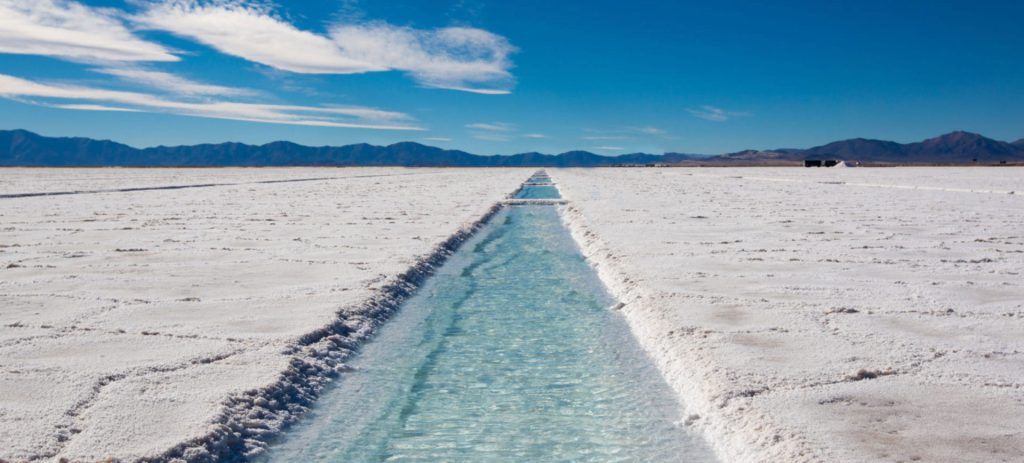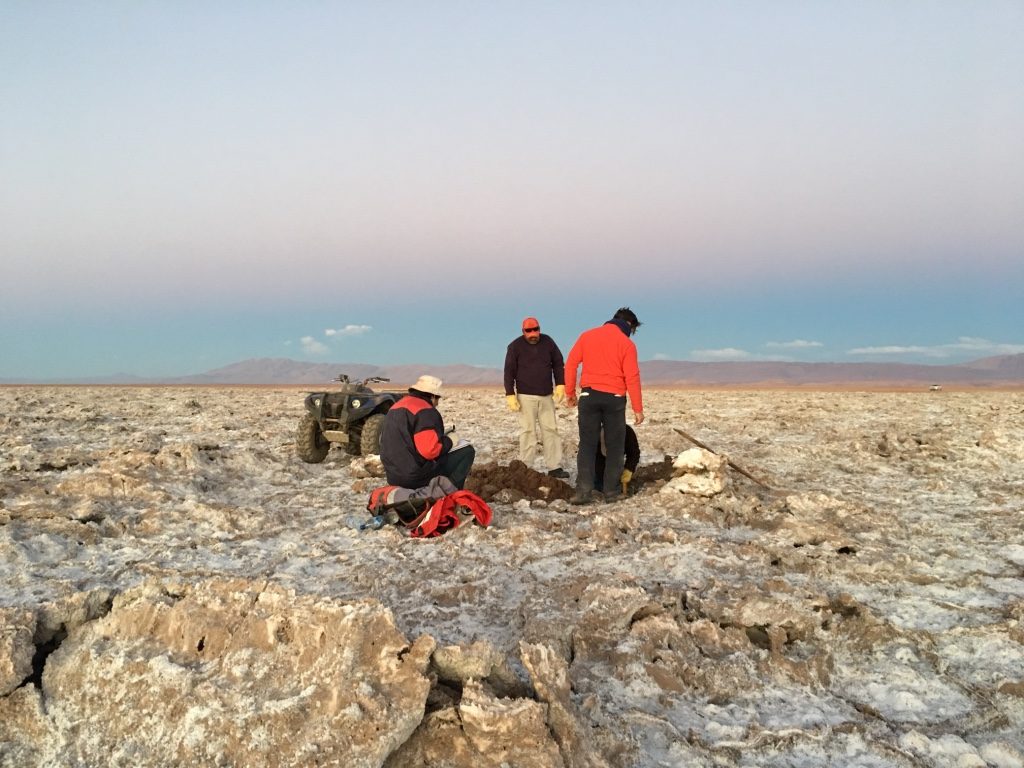Argentina’s Lithium-Triangle now world’s largest lithium project pipeline

By Ron Hall
Argentina officially known as the Argentine Republic is located in the southern half of South America andcovers an area of 2,780,400km2 (1,073,500sqmi), making it the second largest country in South America after Brazil.
The country is perhaps best known for these four things:
Eva Peron who was Argentinas first lady as the second wife of President Juan Pern, and who, during her husbands first term as president (194652), became a powerful though unofficial political leader, revered by the lower economic classes. She is better known as Evita owing in part to the 1996 musical film of the same name where the protagonist was played by Madonna.
Argentinas most famous footballer that everybody loves to hate – Diego Maradona. Although he is often cited as one of the best football players of all time, Maradona is perhaps more known for his controversial professional and personal life. He played for several teams in Italy, Spain and Argentina, as well as for the Argentine national team, and made history for handling the ball in the 1986 World Cup, nicknamed the Hand of God, and then went on to win the game by scoring a goal which was deemed the goal of the century by FIFA voters.
The Falklands War, a ten-week undeclared war between Argentina and the United Kingdom in 1982 over two British dependant territories in the South Atlantic. The conflict was a major episode in a protracted dispute over the territories’ sovereignty. Argentina asserted (and still maintains) that the islands are Argentine territory, and the Argentine government thus characterised its military action as the reclamation of its own territory. The British government regarded the action as an invasion of a territory that had been a Crown colony since 1841. Diplomatic relations were restored in 1989, at which time the two governments issued a joint statement. No change in either country’s position regarding the sovereignty of the Falkland Islands was made explicit. In 1994, Argentina adopted a new constitution which declared the Falkland Islands as part of one of its provinces by law. However, the islands continue to operate as a self-governing Overseas British Territory.
And of course, their wine, being the fifth largest wine producer in the world.
The country is less well known however, for its mining opportunities and although long recognized for its potential in copper, gold and silver, in recent years it is the metal lithium that has put the country the firmly in the resource worlds spotlight. Argentina is currently at the forefront of a global scramble for the metal because of its demand in the manufacture of batteries. Lithium batteries are disposable (primary) batteries that have lithium metal or lithium compounds as an anode. Depending on the design and chemical compounds used, lithium cells can produce voltages over twice the voltage of an ordinary zinc-carbon battery or alkaline battery. Compared to a variety of previous battery compositions, lithium is considered the way of the future leading other elements in size to power density ratio. Lithium batteries have become the front-running rechargeable energy storage medium, particularly for the rapidly growing electric vehicle industry, creating a strong demand forecast for lithium.
Argentina alone accounts for over 20% of the worlds reserves and has the world’s largest lithium project pipeline. The nascent boom reflects a rapid shift in the lithium market: a few years ago, lithium was a niche product, used to make glass, ceramics, and lubricants. Most of it was sourced from well-established mines in Chile, Australia, and China. But with the global energy transition set to trigger a huge increase in lithium demand between now and 2040, mining companies are competing to secure supplies in less developed locations.
Argentina comprises a significant portion of the so-called Lithium Triangle, which covers northwestern Argentina, Chile and Bolivia, and which is home to more than half of the world’s resources of lithium. This district produces about half of the world’s lithium and hosts approximately 60% of the known lithium reserves. Most lithium in this area is found in salt lake (“salar”) brines.
There are now several international mining companies active in Argentina operating at various points of the resource cycle. There are no restrictions concerning foreign investment and ownership of companies engaged in the exploration and extraction of mineral resources. Foreign individuals and entities can therefore acquire and hold mineral rights in Argentina

One such company is Argentina Lithium & Energy Corp. [LIT-TSXV] a member of the Grosso Group, a resource management team that pioneered the mineral exploration industry in Argentina and has operated there since 1993, and where they have made four major mineral deposit discoveries, two of which are currently in production. The Grosso Group leverages its vast network of local, regional and international industry contacts to support the exploration team in their search for quality resource opportunities.
Argentina Lithium currently has an option to earn a 100% interest in the Rincon West Project, which includes approximately 2,470 hectares of claims in a single mining concession located on the west side of the Rincon Salar in Salta Province, Argentina. Although the project has no significant historic exploration work, Argentina Lithium began exploration drilling in mid-2022, presenting an opportunity to identify a new lithium deposit at a salar known to host lithium-bearing brines with production potential. Located at approximately 3,760 metres above sea level, the geological environment at the Rincon Salar is similar to other salars in the Puna region where lithium and potash are found. The company also has an option to earn a 100% interest in approximately 15,857 hectares of claims in eleven contiguous mining concessions located on the west side of the Pocitos Salar as well as an additional 10,364 hectares in three blocks to the east and south
Argentina Lithium has also acquired a 100% interest in over 25,000 hectares of the Incahuasi Salar and basin in Catamarca province.
Their Antofalla North project controls 14,987 hectares of mining leases in the north end of the Salar de Antofalla, distributed between the adjacent provinces of Salta and Catamarca, with 100% interest in 9,080 hectares and the remaining leases held under option. The Project is located approximately 25 km west of Argentina’s largest lithium producing operation at Salar de Hombre Muerto. The southern boundary of the Antofalla North project is situated approximately 500 metres north of properties controlled by global lithium producer Albemarle Inc. Albemarle has stated that it believes the lithium resource on its property has potential to rank amongst the largest in Argentina.
